
Two Tips to Make Your Garden More Eco – friendly
Here we are in 2024, more aware than ever that the way we’ve been doing things isn’t going to work forever and we need to make informed choices about how we interact with and function in harmony with the environment we live in. Landscaping of the past used toxic pesticides and herbicides as standard practice, and salt and petroleum-based fertilizers were dumped on lawns and throughout landscapes leading to harmful runoff and stormwater pollution going downstream into aquatic ecosystems and our water supply. It’s no wonder people are constantly wondering what impact they can make in their own gardens to have a more eco-friendly approach for the future.
If you’re looking for Landscapers near me in Healdsburg and Sonoma County, then reach out to our expert team at Inspired Landscapes. We can help you design and create your dream outdoor space in an eco-conscious and mindful way. But first, here are our two top tips to make your garden more eco-friendly.
How do you fertilize plants in an eco-friendly manner?
Most folks think of fertilizer as something that is dusty granulated pellets coming in a 50lb bag or box that gets spread around the landscape. While these fertilizers are packed with elements that do make plants grow, they fall short of feeding the soil and often deplete it, which leads to unhealthy plants long-term. Additionally, most of these fertilizers are petroleum and salt-based which have ugly manufacturing processes, need to be manufactured and shipped from far away, and then leave salty residues in the soil which coats plant roots leading to poor health and inability to uptake nutrients. Essentially, there are diminishing returns on applying these products.
As with many eco-friendly approaches, we should instead take cues from how nature works on its own terms. Through the process of leaves, branches, grasses, and other organic matter piling up over time, our environment creates healthy soil by composting itself in place. However, in a manicured landscape environment we don’t necessarily want to have massive piles of leaves and sticks everywhere. Instead, we can source our own compost to be added as a top dressing throughout the landscape areas.
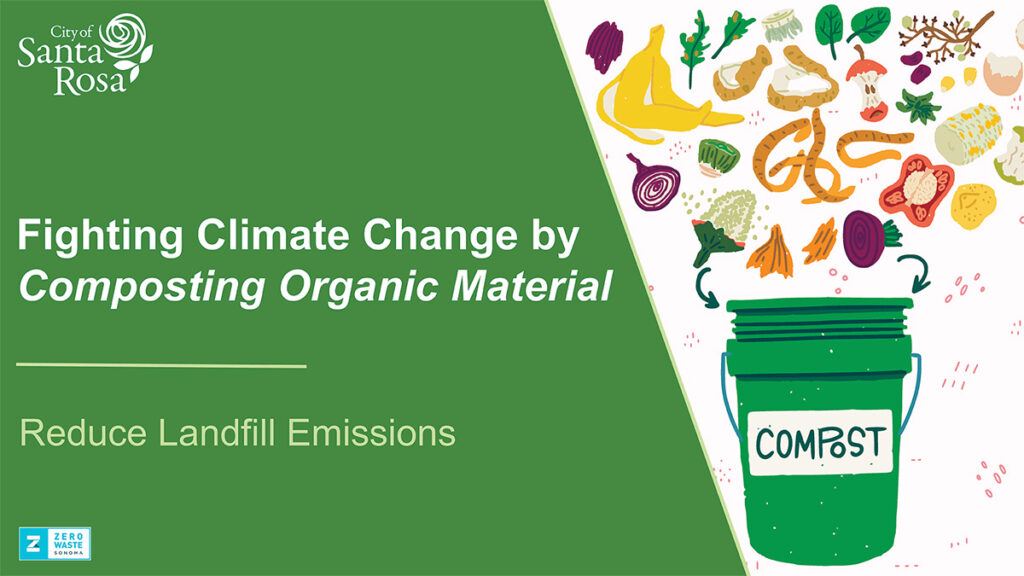
We can support local composting facilities by purchasing materials they create by diverting local green waste from the landfill to their composting facility. This reduces greenhouse gas emissions by converting waste into compost that would otherwise turn into methane (many times worse than carbon in terms of climate warming effects) in a landfill.
It also means less distance trucking materials to your property, another boon for carbon reduction. Additionally, compost is approx 50% carbon by weight, so by applying it to your landscape you are literally sequestering carbon into the soil that otherwise could have been released into the atmosphere. Every cubic yard of compost is about 1,200lbs so that is 600lbs of carbon! Lastly, this compost is packed full of all the nutrients the plants and soil need to be thriving year round. Consider composting your landscape in the fall before rains hit so that the winter rains wash the nutrients deep into the soil for you. This timing provides the added benefit of reduced water use because traditional fertilizers need to be watered in using a hose or spray irrigation for many weeks to become activated.
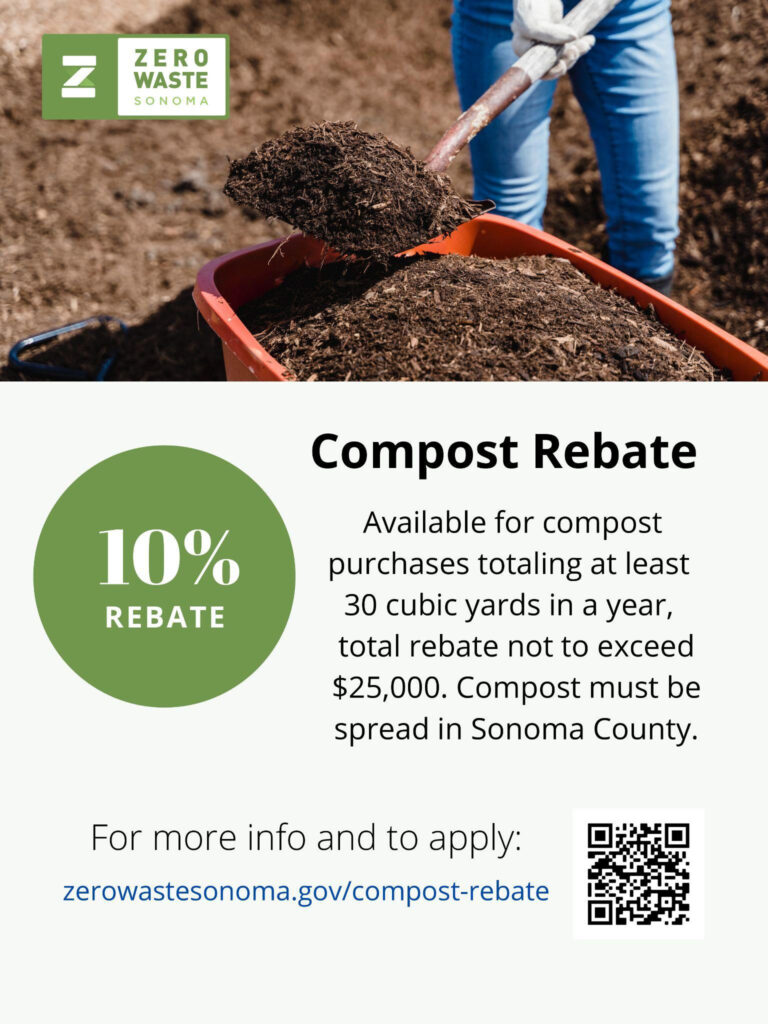
With all that said, there are many superb organic granulated or powdered fertilizers out there to choose from, check out your local supplier for details on what products they recommend. Often you can buy bulk organic fertilizers such as feather meal, alfalfa, or bone meal which are fantastic fertilizers with a wide range of uses.
How do you control garden pests in an eco-friendly manner?
As with fertilizer, the old methods of pest control included applications of toxic products, usually in the form of foliar sprays, but often involved mixing with water and drenching the soil around the plant. While there are a small number of garden pests that could require intensive methods for control, the vast majority of common pests can be controlled with relative ease and without requiring toxic products to be applied.
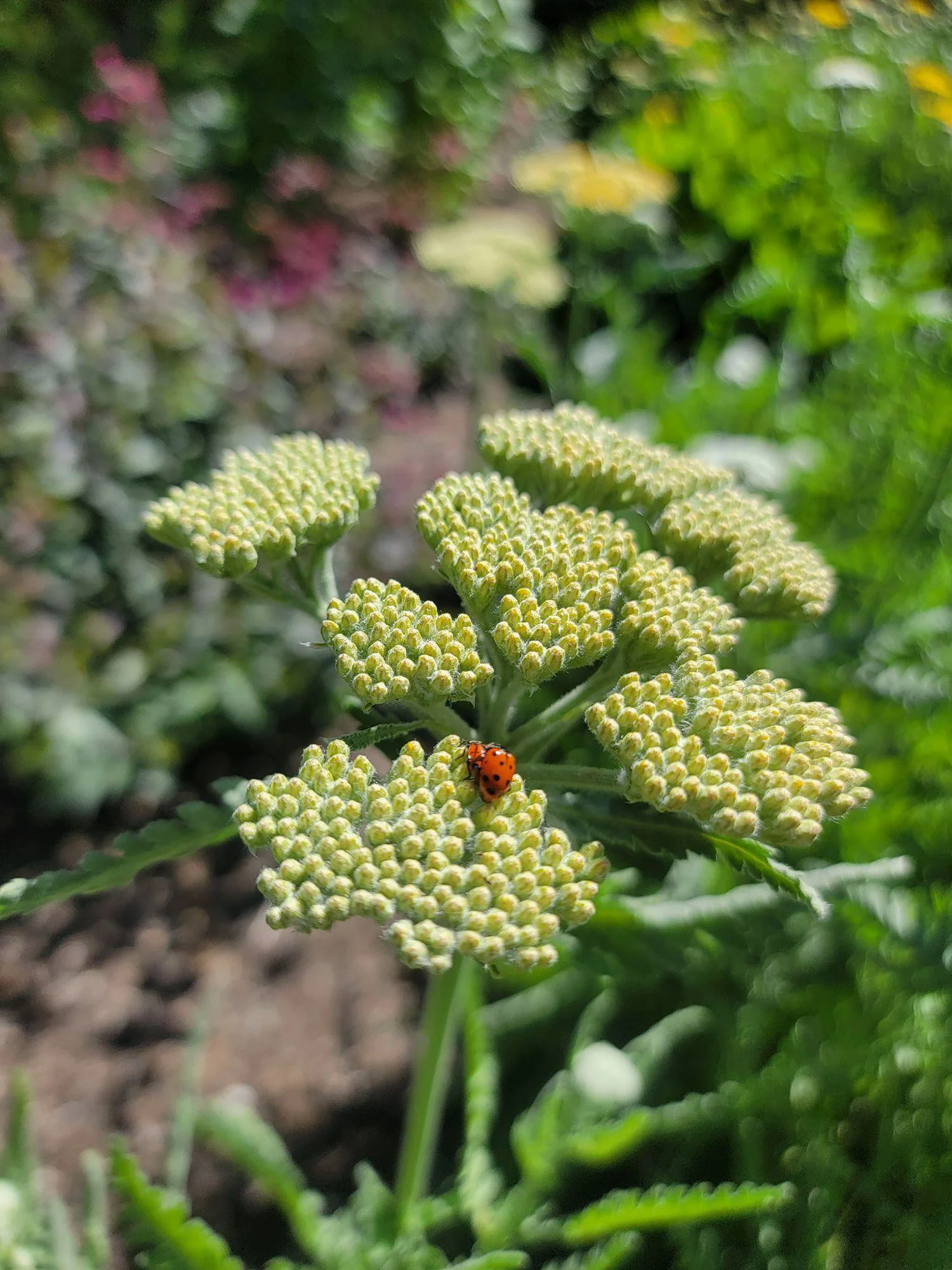
“Integrated Pest Management” or IPM is the dominant theory for how to manage pests in an eco-friendly landscape. A main tenant of IPM is planting a garden that invites biodiversity into your landscape, but also ensuring that the predatory insects that feed on your pests get the message loud and clear. For example if you deal with aphids in your vegetable garden or on your roses, having ladybugs in your garden will do wonders to control them. Ladybugs love plants with a wide leaf or flowerhead to land on, making Yarrow, Shasta Daisy, and even upright Sedum wonderful choices for attracting them to your garden. In fact, each of these plants invites a wide range of beneficial predatory insects to your landscape. Make sure to group a few plants together as larger groups of the same type of plant without separation making them much more attractive to pollinators and predatory insects. Selecting varieties that are native to your area also increases the benefits to your landscape. The expectation shouldn’t be to totally eliminate all pests with this method, but rather find a natural balance where the amount of pests is limited and under constant watch from your predatory insect friends.
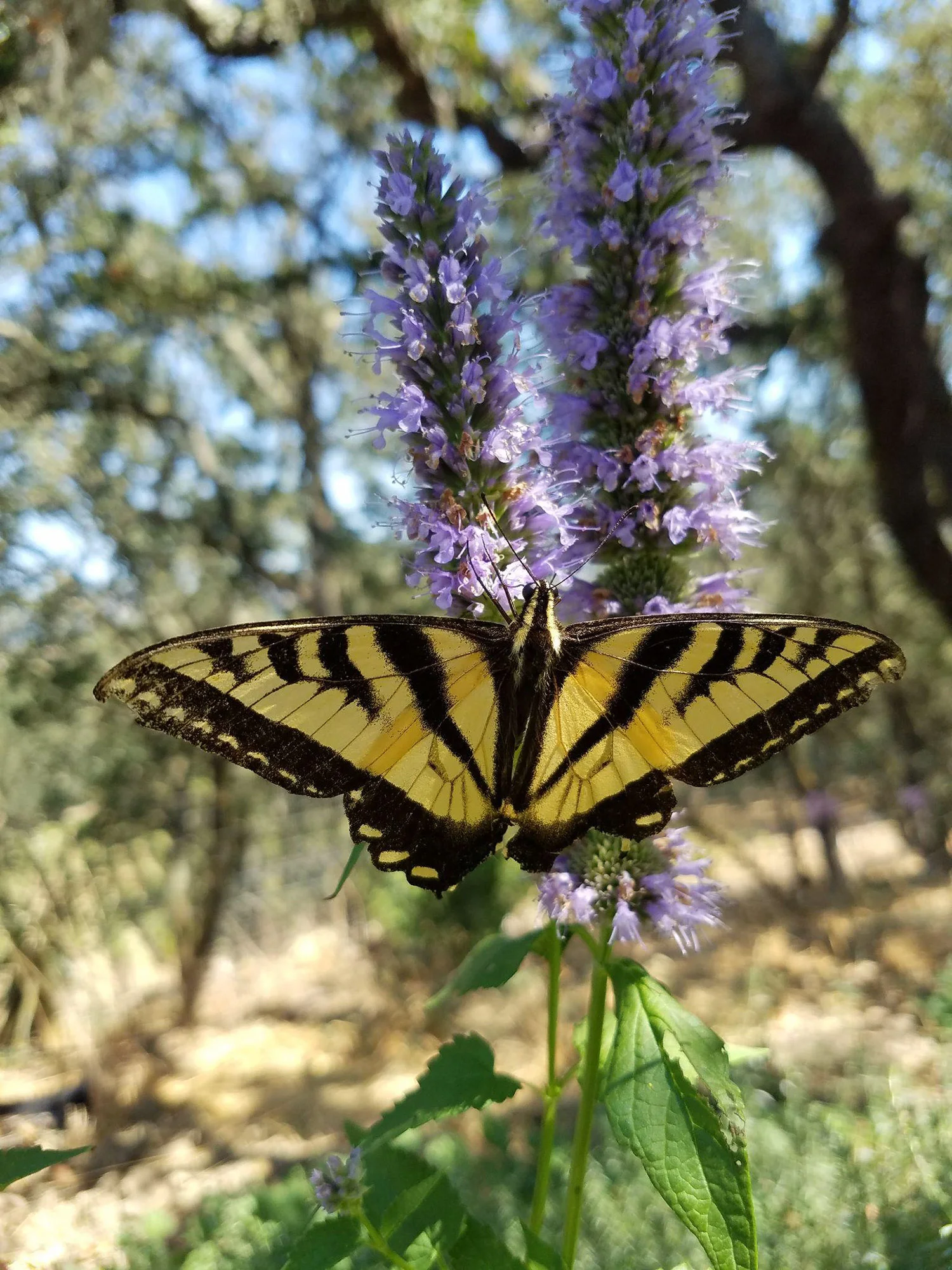
If you end up with an infestation that is really ruining your crops or landscape and your companion plants aren’t bringing in enough predatory insects to maintain control, you can look to spray various mixtures to help gain control. For some pests, using a sharp spray of water out of a handheld pump spray is enough to knock them off and render them a non-threat as many small pests such as aphids can’t walk around much and once knocked off are gone for good. For others using a mixture of soapy water slows them down enough that they end up biting the dust and leaving your garden in peace. If you really need to take it a step further, Neem Oil is largely considered non-toxic but effective in controlling a range of common garden pests. Ideally, it never comes to this, but should you decide that you need to spray, do it when there is no wind to prevent drifting of the spray, and ideally in the early morning or evening when pollinators aren’t as active so as to limit the effect you might have on them.
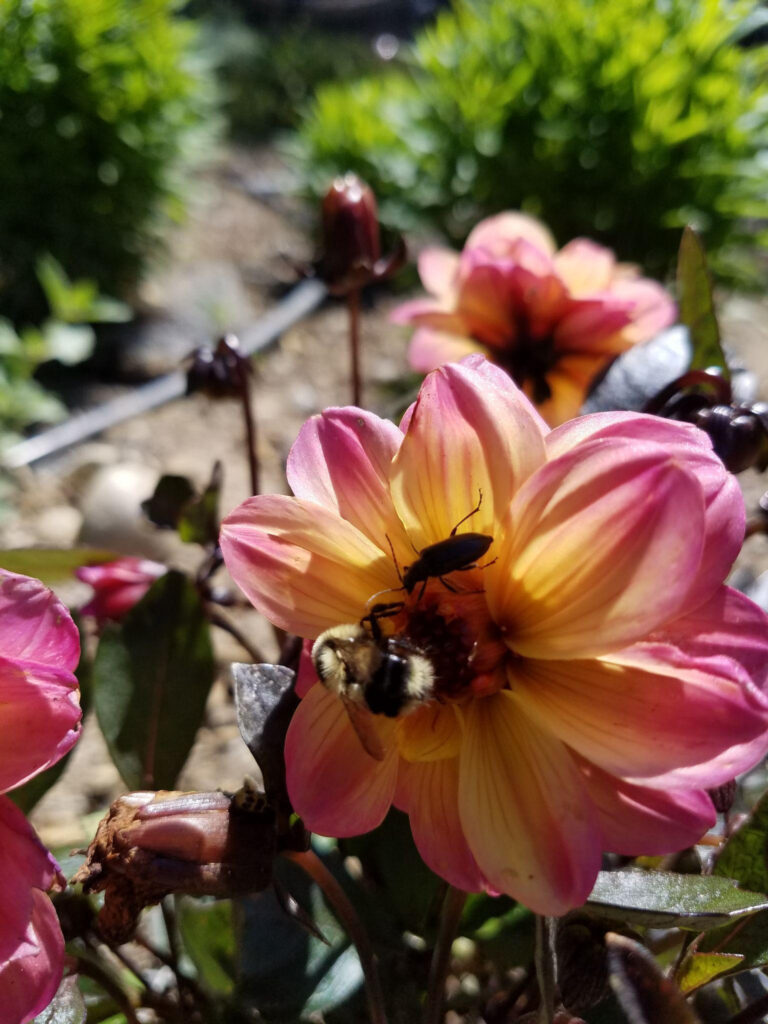
To enhance the sustainability and environmental friendliness of your outdoor space, consider consulting with our expert team at Inspired Landscapes. With our extensive experience and profound understanding of eco-conscious landscape design in Healdsburg, we are ideally positioned to guide you through the process of creating an outdoor space that not only thrives but also contributes positively to the ecosystem. At Inspired Landscapes, we prioritize practices and designs that harmonize with nature, ensuring your outdoor space is both beautiful and beneficial to the environment. Contact Us today at (707) 395-7474.

Owner, Inspired Landscapes LLC
Matthew Ripley is the owner of Inspired Landscapes LLC, a Healdsburg based landscape design, installation, maintenance, and irrigation firm serving Sonoma County. His work blends horticultural expertise with sustainable practices, drawing creative influence from Sierra backpacking and Sonoma winery estates to craft gardens that invite wildlife and year round color. Client testimonials highlight his design leadership on residential, estate, and winery properties across the region.





